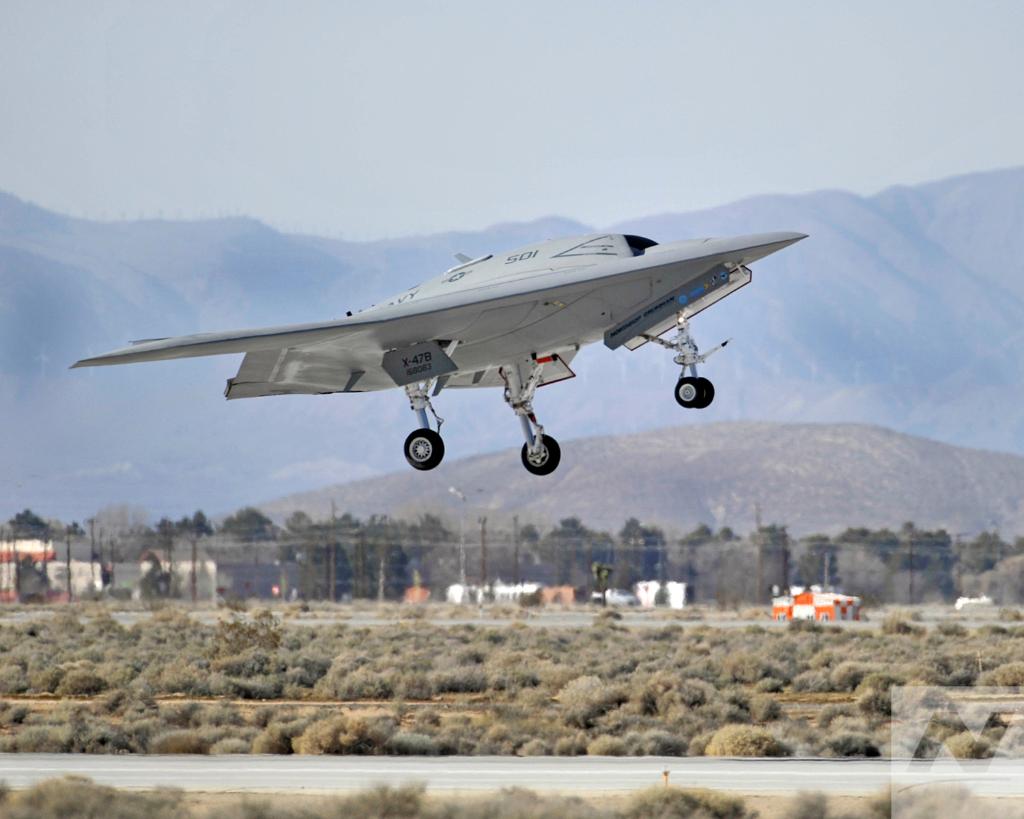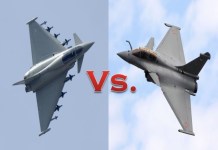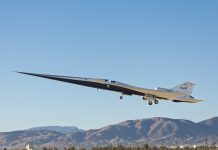A recently released video provides some insight into one of the most intriguing but little-known modern airframes, tentatively designated as RQ-180.
Only a few images of this airframe have surfaced so far. Until now, three sightings of the same or identical airframes have been reported — one over the Philippines and two over America’s premier flight test location in California and Nevada
The US Air Force’s RQ-180 ‘White Bat’ is believed to be its newest spy drone in the category of high-altitude, long-endurance drones (HALE). The video clearly demonstrates that the Pentagon is on the verge of revealing its ‘White Bat’ very soon.
The video titled “Heritage Today – ISR And Innovation,” delves into the US Air Force’s intelligence and espionage capabilities throughout the last decade. At the end of the video, the well-known drone Global Hawk arrives and a caption says, “The days of balloons and biplanes have been replaced by White Bats”.
In the next frame, the video released by the Profession of Arms Center of Excellence (PACE) of the US Air Force directly shows the animated technical drawings of the RQ-180 ‘White Bat’, alluding to the RQ-180’s potential high-tech capabilities.
Media reports have speculated over the years about the spy drone’s physical shape and this newly released video revealed the same shape that several media outlets, including the prestigious Aviation Week, had projected.
As described by The Drive, the USAF wouldn’t be showing off the real drone, which is still classified. It speculated that there could be several variants of this HALE stealthy drone.
ICYMI, the U.S. Air Force's secret stealth spy drone has appeared in public for the first time, flying high over California. The RQ-180 is like a robotic stealth bomber, minus the bombs. https://t.co/El2rVa7W5m #RQ180 #USAF pic.twitter.com/fcOY9FrvaW
— David Axe (@daxe) November 13, 2020
The aircraft’s nicknames, even if unofficial, are ‘Great White Bat’ and ‘Shikaka’, according to a report from Aviation Week, which has subsequently been confirmed by further sources. Shikaka is the name of a fictional sacred white bat, which appears in the Jim Carrey movie Ace Ventura 2 from 1995.
As discovered by Aviation Week, the US Air Force has established the 74th Reconnaissance Squadron at Beale Air Force Base, California, to operate the RQ-180 remotely. The insignia of this unit includes a huge white bat, which corresponds to the RQ-180’s claimed nicknames.

With the B-21’s flight-testing set to commence next year, the possibility of the RQ-180 being operational around the same time can’t be ruled out.
What is RQ-180?
First and foremost, no one exactly knows what the unique flying machine’s official designation is. As mentioned earlier, the name is derived from an article in Aviation Week about an aircraft that many had suspected existed for a long time.

A photograph captured on September 2 by Michael Fugnit, a self-proclaimed “skywatcher”, showed a drone-like object, which was flying at high altitudes, heading towards the Philippines, The EurAsian Times reported.
The RQ-180 is essentially a notional evolution of Lockheed Martin’s Skunk Works’ RQ-170 Sentinel.
Although the two platforms are complementary in certain ways, the RQ-170 is the older, lower-tier, lower-flying, tactically-oriented, and less advanced of the two designs. Both of these designs are based on the concept of a flying wing.

The RQ-180 might be described as a networking and reconnaissance platform capable of penetrating and persisting deep into hostile airspace, according to The Drive. It would fit into a bigger revolutionary air combat and networking ecosystem that the Pentagon is secretly building out.
Its general architecture is driven by sophisticated, broadband, all-aspect, low-observable (stealth) requirements. It’s designed to fly for lengthy periods of time at very high altitudes in contested airspace, at or over 70,000 feet, without being noticed.
Although little is revealed precisely about the RQ-180, it is claimed that it might fly sorties alongside manned fighter jets as a loyal wingman and serve as the pilot’s eyes and ears. Furthermore, because the unmanned aircraft is apparently very stealthy, it could enter disputed airspace and pass on information about air or ground threats to a pilot.
- Contact the author at ashishmichel@gmail.com
- Follow EurAsian Times on Google News




